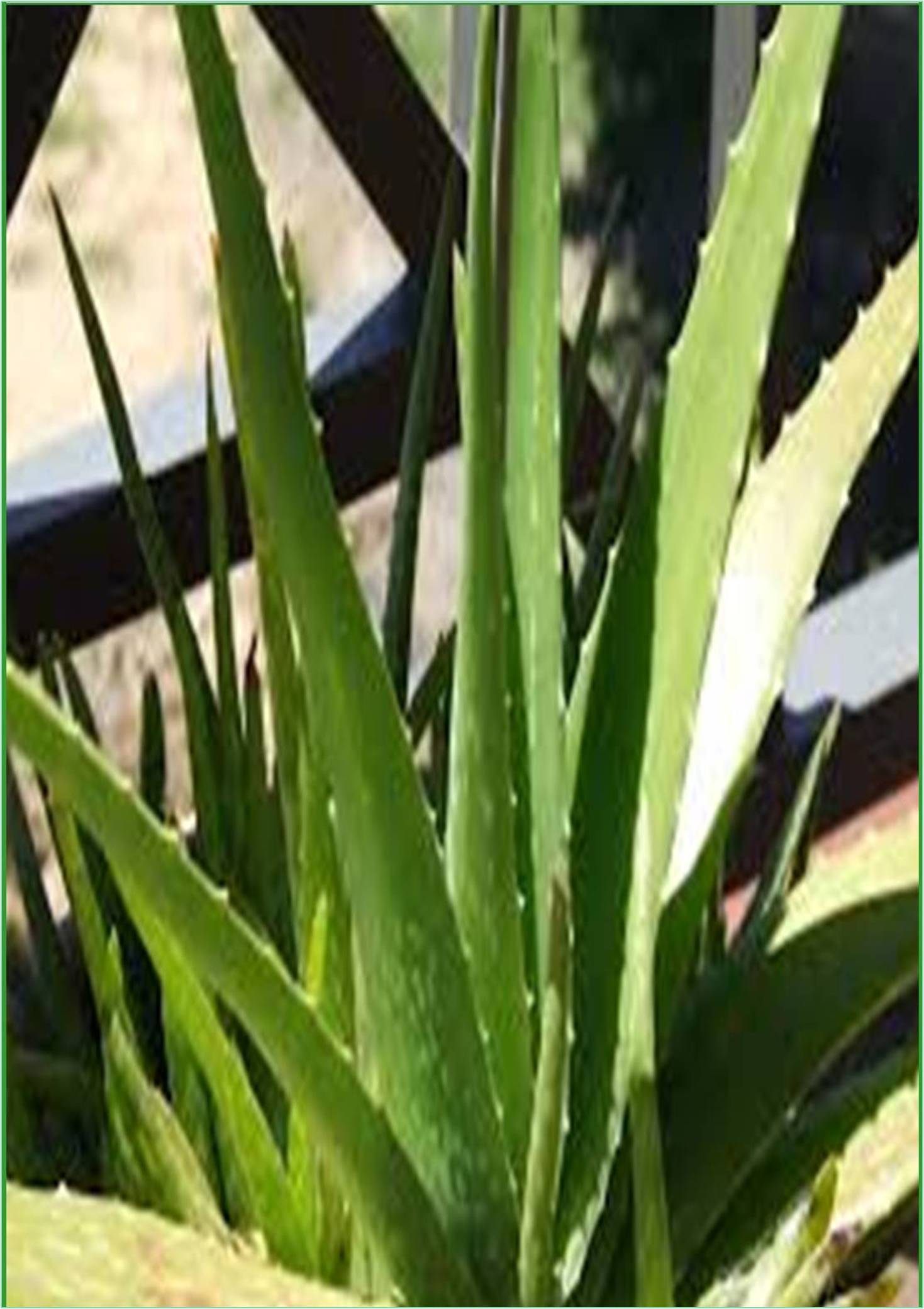



Received: 29-Nov-2022, Manuscript No. GJMPR-22-88079; Editor assigned: 02-Dec-2022, Pre QC No. GJMPR-22-88079(PQ); Reviewed: 19-Dec-2022, QC No. GJMPR-22-88079; Revised: 23-Dec-2022, Manuscript No. GJMPR-22-88079(R); Published: 30-Dec-2022, DOI: 10.15651/GJMPR.22.7.082
Although some Brazilian medicinal plants' cytotoxic potential has been studied in the past, the therapeutic potential of the majority of species is still unknown due to the nation's rich variety. In this study, the cytotoxic effects of 18 plants from 16 different families that can be found in northeast Brazil were evaluated on tumour cell lines.
The triturated dry leaves, stems, flowers, or fruits were extracted with ethanol or hexane at room temperature. To create the corresponding crude extracts, the solvent was discarded. Three times, separated by one week, the extraction procedures were carried out on each sample. To create the appropriate partitioned extracts, a portion of leaves, fruits, or flowers that had been extracted with ethanol were suspended in a methanol:water (9:1) solution and progressively extracted with ethyl acetate, chloroform, hexane, or hexane:ethyl acetate (1:1).
Silica gel 60 (0.063-0.200 mm) was used as the stationary phase in Column Chromatography (CC), which was used for the purification procedures. As mobile phases, increasing polarity organic solvents or combinations were utilised. Processes involving analytical (0.25 mm) or preparative (0.75 mm) Thin Layer Chromatographic (TLC) was carried out using silica gel 60 GF.
Nuclear Magnetic Resonance (NMR) spectra for 1H (400 MHz) and 13C (100 MHz) were acquired using a Bruker Avance DRX-400 spectrometer operating at 300 K. Using Tetramethylsilane (TMS) as a reference (H=c=0), the chemical shifts () were recorded in units of ppm, and the coupling constants (J) were expressed in Hz. The samples were dissolved in chloroform-D.
D. repens flower chloroform extract (7 g) was applied to a silica gel CC column and eluted with hexane and ethyl acetate (pure or a combination of increasing polarity), yielding 50 fractions (5 mL each) that were grouped with hexane and ethyl acetate. Fractions 30 to 50 were purified with Sephadex-L water methanol following solvent evaporation to produce the chemical quercetin (56, 11.0 mg). The chemical structure was discovered by comparing a variety of spectrometric data, including NMR data, with information from the literature.
I. coccinea flower hexane extract (26 g) was applied to silica gel CC and eluted with pure or a mixture of increasing polarity hexane, ethyl acetate, and methanol, yielding 100 fractions (5 mL each) that were grouped with hexane, ethyl acetate, and methanol. A white solid (in the form of flakes) was produced after solvent evaporation from fractions 30 to 45 (eluted with hexane/ethyl acetate 8:2). (57, 14.0 mg). It was determined that this substance was a blend of - and -amyrin. The structures of the compounds were determined using a variety of spectrometric data, including NMR, as well as by comparison with information from the literature.
Brazil provided the tumour cell lines B16-F10 (mouse melanoma), HepG2 (human hepatocellular carcinoma), K562 (human chronic myelocytic leukaemia), and HL-60 (human promyelocytic leukaemia). This panel of cell lines consists of many cell histologies with various sensibilities. The RPMI-1640 medium supplemented with 10% foetal bovine serum, 2 mM L-glutamine, and 50 g/mL gentamycin was used to sustain the cells. After being treated with a 0.25% trypsin-EDTA solution, adherent cells were collected. To maintain exponential development, all cell lines were sub-cultured every 3-4 days at 37 °C and 5% CO2 in cell culture flasks. Cells that were in the exponential growth phase were used in all of the tests. Using a Mycoplasma Stain Kit, all cell lines were examined for mycoplasma contamination and were determined to be clear.
Peripheral Blood Mononuclear Cells (PBMC) were isolated using a standard protocol using Ficoll density gradient centrifugation from heparinized blood from healthy, 20 to 35-year-old, non-smoking donors who had not taken any drugs for at least 15 days prior to the sampling. At 37 °C with 5% CO2, PBMC were cleaned and resuspended at a density of 0.3 106 cells/mL in RPMI 1640 medium with 20% foetal bovine serum, 2 mM L-glutamine, and 50 g/mL gentamycin. In addition, Tlymphocytes were stimulated to divide by the mitogen concanavalin A.